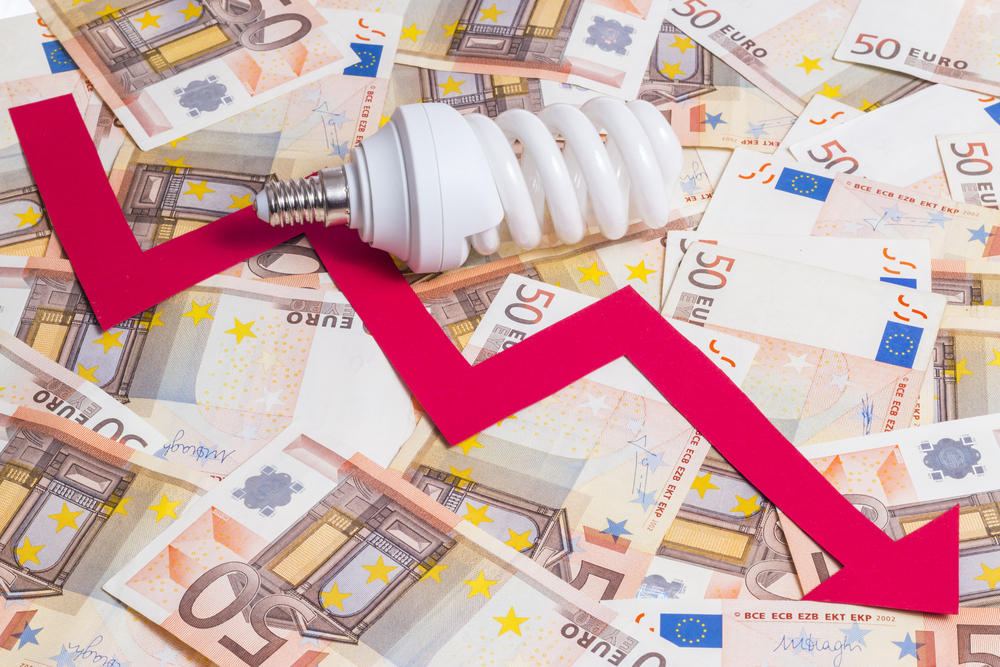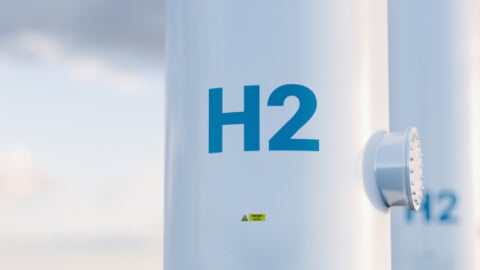A new report released by the Australian Energy Market Commision (AEMC) predicts national residential electricity prices will fall on average over the next two years.
According to the AEMC’s 2017 Residential electricity price trends report, the reduction will happen over the next two years from mid 2018, as more variable wind and solar generation comes online – offsetting 2017’s price increase.
But, the report states that the gains won’t last without investment in replacement dispatchable capacity, and uncertainty will stop investment and put upward pressure on prices in the medium term.
The AEMC’s annual report on price trends provides an overall picture of factors driving electricity prices for households in each state and territory.
While the report is not a forecast of prices, it analyses cost trends across the electricity supply chain including generation, the regulated networks sector; and price impacts resulting from government environmental and system security policies.
AEMC Chairman, John Pierce, said the 2017 report shows wholesale electricity costs are now the single biggest driver of change in residential electricity bills – unlike earlier price trends reports which found network costs were the main driver.
“Prices rose sharply this year by almost 11 per cent on a national basis as consumers felt the impact of Hazelwood and Northern coal-fired plants retiring and the lack of replacement investment, combined with high gas prices,” Mr Pierce said.
“But we expect these price rises will be reversed over the next two years as around
4,000 MW of RET-funded wind and solar generation enters the system.”
According to the report, this new generation will boost supply, resulting in downward pressure on prices.
However, it also found that over time, low wholesale prices contribute to the closure of coal-fired plants.
“Without new investment to replace these older generators, wholesale costs will start to increase again as supply falls,” Mr Pierce said.
“Without investment in replacement dispatchable capacity, wholesale prices will go up again and remain volatile.
“And the rollercoaster will be repeated.”
To this end, the AEMC is working with other market bodies on the Energy Security Board on the national energy guarantee design.
“We have a window right now for the COAG Energy Council to continue its work on mechanisms that can work in the long term interests of consumers and keep the lights on as the energy sector continues to restructure,” Mr Pierce said.
The report also found that network costs, which make up around half of the residential electricity bill, are estimated to remain relatively flat across most states and territories.
However, there is some uncertainty due to the current legal challenge of distribution network revenues in South Australia; the Australian Competition Tribunal’s decision that the AER remake the most recent revenue determination for the NSW and ACT distribution businesses; and ongoing processes related to Western Power’s access arrangement in Western Australia.
The direct costs of environmental policies, which make up between five to 15 per cent of a typical bill, are estimated to rise by around 19 per cent over the next two years.
This increase is mainly due to higher costs for certificates under the large-scale renewable energy target and also state environmental policies such as feed-in tariffs.












